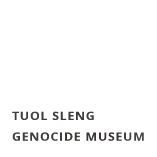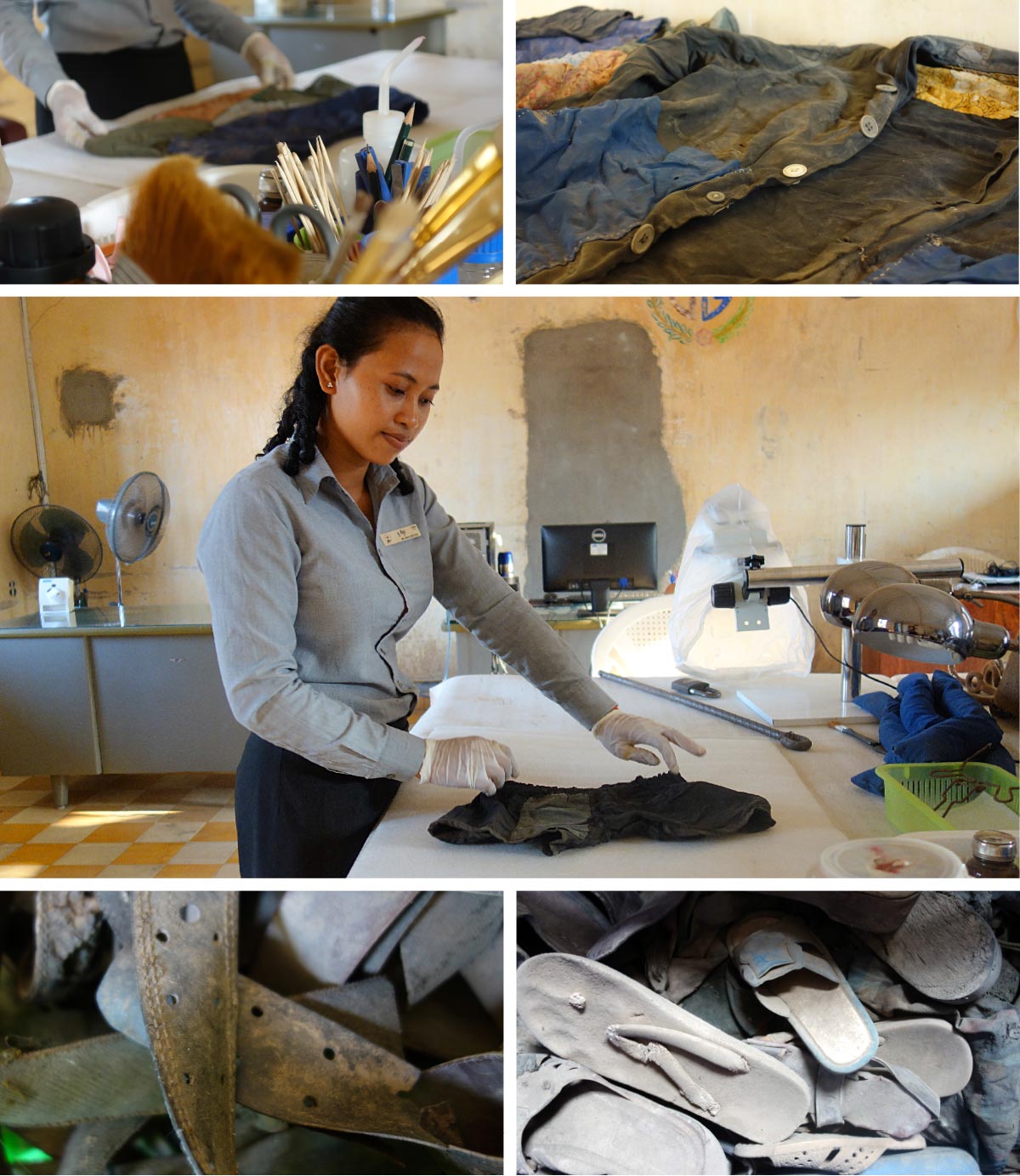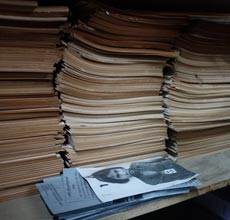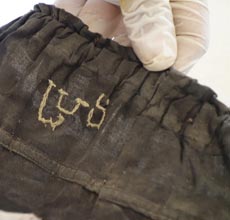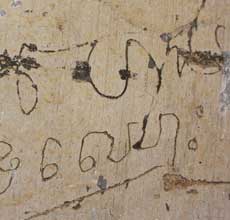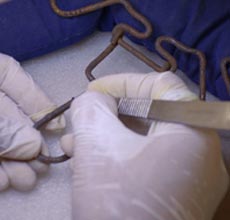Textiles
More than 100 garments in very poor condition survive from the time when the building served as a torture and interrogation camp. These are now in the process of being preserved by the Museum, which is also responsible for setting guidelines for storage, care and handling, and display of the collection.
Textile restoration at the Tuol Sleng Genocide Museum started as a new project in 2016. Textiles are among the most vulnerable materials and deteriorate significantly over time. The principal causes of most damage to textiles are the effects of unsuitable climatic conditions and exposure to light and biological agents. Articles such as jackets, shorts, trousers, purses, shoes, small satchels, and many other objects will be restored and preserved in the coming years.
The main objective of the textile conservation process is to prevent further deterioration of items in the collection. Cleaning items of heterogeneous composition, including fabrics combined with leather, parchment, bone, glass, wood or metal, is the most difficult task facing preservationists. After cleaning, damaged textiles are often attached to a supporting cloth of similar structure dyed to match the original item. When restoring some items, missing fragments need to be reconstructed applying exactly the same technique as in the original, using similar threads and dyes. Reconstruction of a textile to its original condition is tedious and time-consuming, but the process is necessary. Reconstructed objects are very close to the original, and the reconstruction and restoration process makes the items firmer and stronger, and therefore longer lasting.
The Museum plans to create a comprehensive textile-related database, updated continuously as our research advances. The database will include digitized images of the items in the collection, so that they can be made available online for research purposes. The goal is that 2,000 individual items will be available online.
